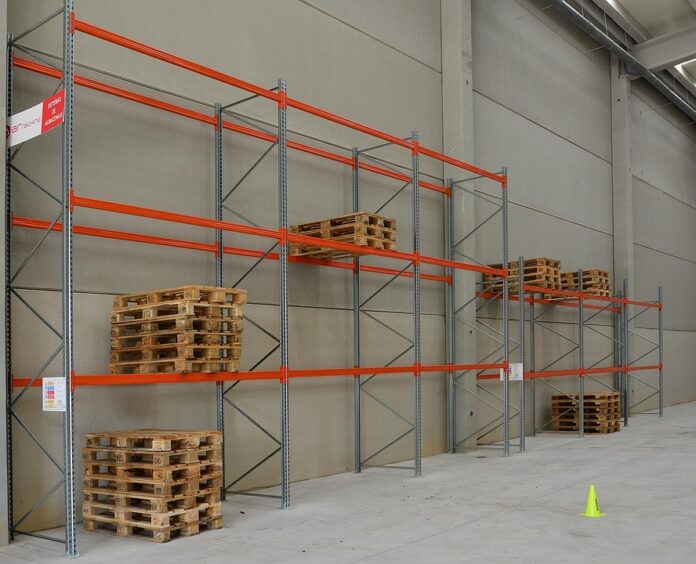The Future of AI and Autonomous Vehicles in Food Logistics Systems
Introduction
The use of artificial intelligence (AI) and autonomous vehicles in food logistics systems is rapidly transforming the way food is transported, stored, and delivered. These technologies are revolutionizing the food industry by increasing efficiency, reducing costs, and improving overall supply chain management. In this report, we will explore the current landscape of AI and autonomous vehicles in food logistics systems and discuss the future trends and opportunities in this space.
Current Landscape
Currently, many food companies are utilizing AI-powered systems to optimize their supply chain operations. These systems use machine learning algorithms to analyze data and make real-time decisions to improve efficiency and reduce waste. For example, AI can predict demand for certain products based on historical data and market trends, allowing companies to better plan their inventory and distribution strategies.
Autonomous vehicles are also playing a significant role in food logistics. Companies like Amazon and Walmart are investing heavily in autonomous delivery vehicles to streamline their last-mile delivery process. These vehicles are equipped with sensors and cameras that allow them to navigate roads safely and deliver packages to customers efficiently.
Financial Data
According to a report by Research and Markets, the global market for AI in the food industry is expected to reach $4.5 billion by 2026. This growth is driven by the increasing adoption of AI technologies to improve supply chain efficiency and enhance customer experience. Additionally, the autonomous vehicle market is projected to reach $556.67 billion by 2026, with the food and beverage industry being a key driver of this growth.
Industry Insights
Many food companies are partnering with tech companies to integrate AI and autonomous vehicles into their logistics systems. For example, Domino’s Pizza has teamed up with Nuro, a robotics company, to test autonomous pizza delivery vehicles in certain markets. These partnerships are helping companies improve their delivery times and reduce operational costs.
Furthermore, AI is being used to monitor food quality and safety throughout the supply chain. Sensors and cameras can detect issues like temperature fluctuations or spoilage, allowing companies to take corrective action before products reach consumers. This technology is crucial in ensuring food safety and reducing food waste.
Future Trends and Opportunities
The future of AI and autonomous vehicles in food logistics systems is promising. As technology continues to advance, we can expect to see more widespread adoption of these technologies across the food industry. AI algorithms will become more sophisticated, enabling companies to make more accurate predictions and optimize their supply chain operations.
Autonomous vehicles will also play a larger role in food delivery, especially in urban areas where traffic congestion is a major issue. Companies will be able to use autonomous drones and robots to deliver food quickly and efficiently, reducing delivery times and costs.
In conclusion, the integration of AI and autonomous vehicles in food logistics systems is revolutionizing the way food is transported and delivered. These technologies are improving efficiency, reducing costs, and enhancing the overall customer experience. As companies continue to invest in these technologies, we can expect to see even more innovation and growth in the food logistics industry in the coming years.




